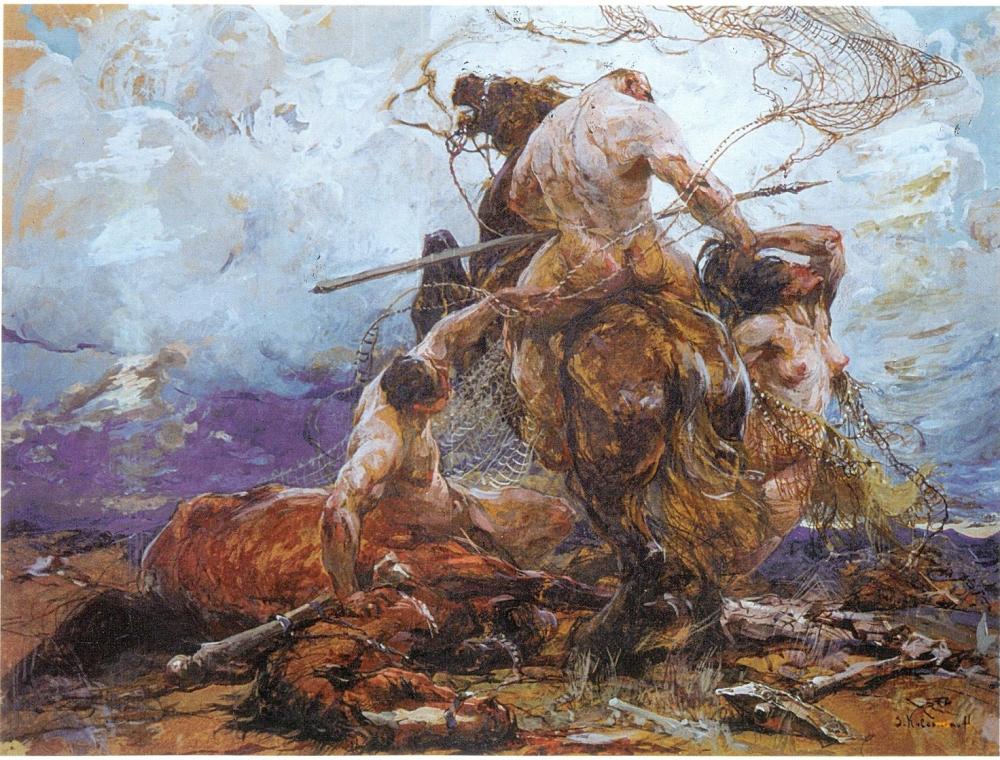
Quite on the top of our bucket list is to take a museum tour guided by our editor Stijn Windig and check out the awesome Russian artists he fancies. As this is not possible at the moment, we are happy to have at least his Playgrounds Eye Candy tips to lavish at. And this week’s pick makes no exception. Meet the fabulous painter Stepan Feodorovitch Kolesnikoff.
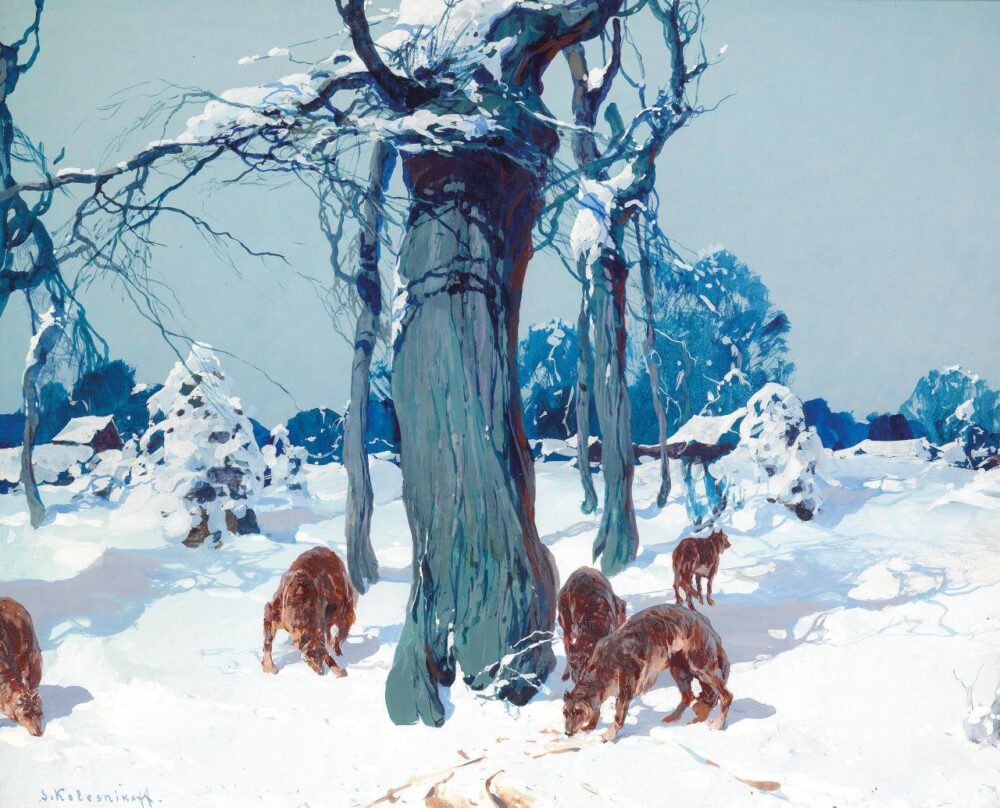


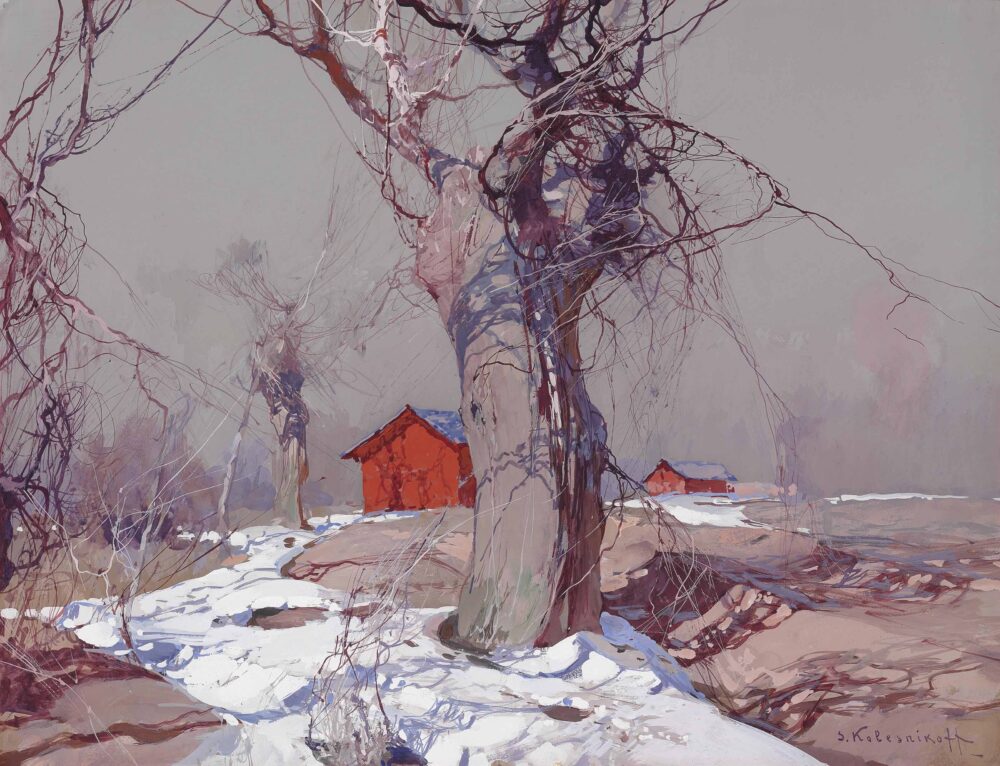
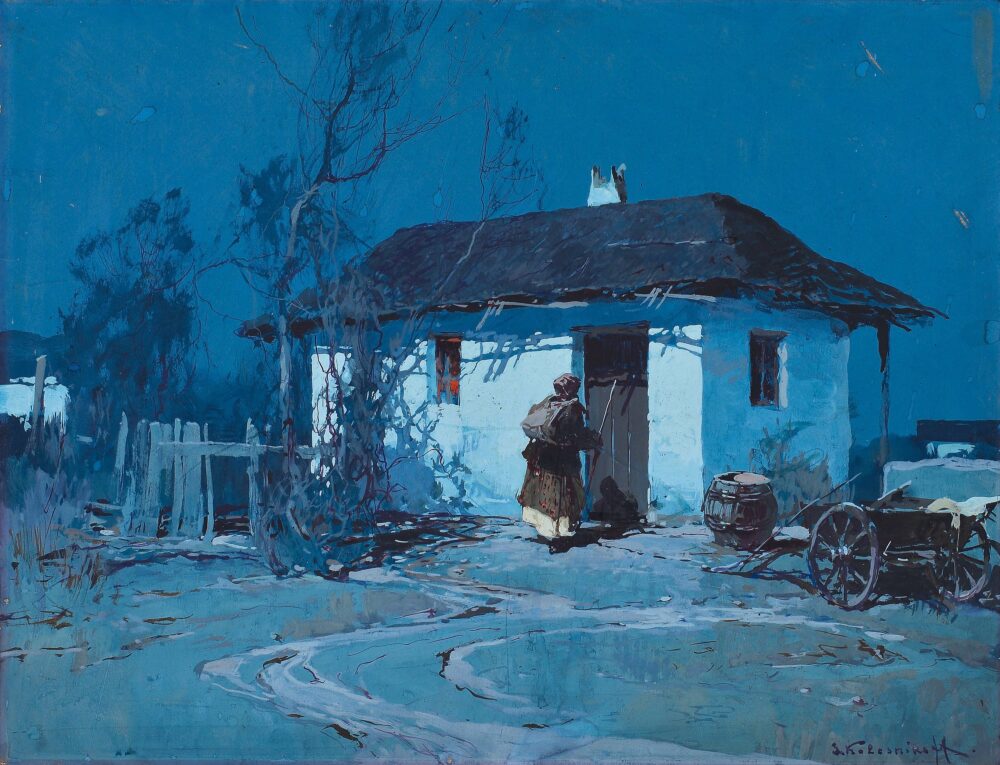

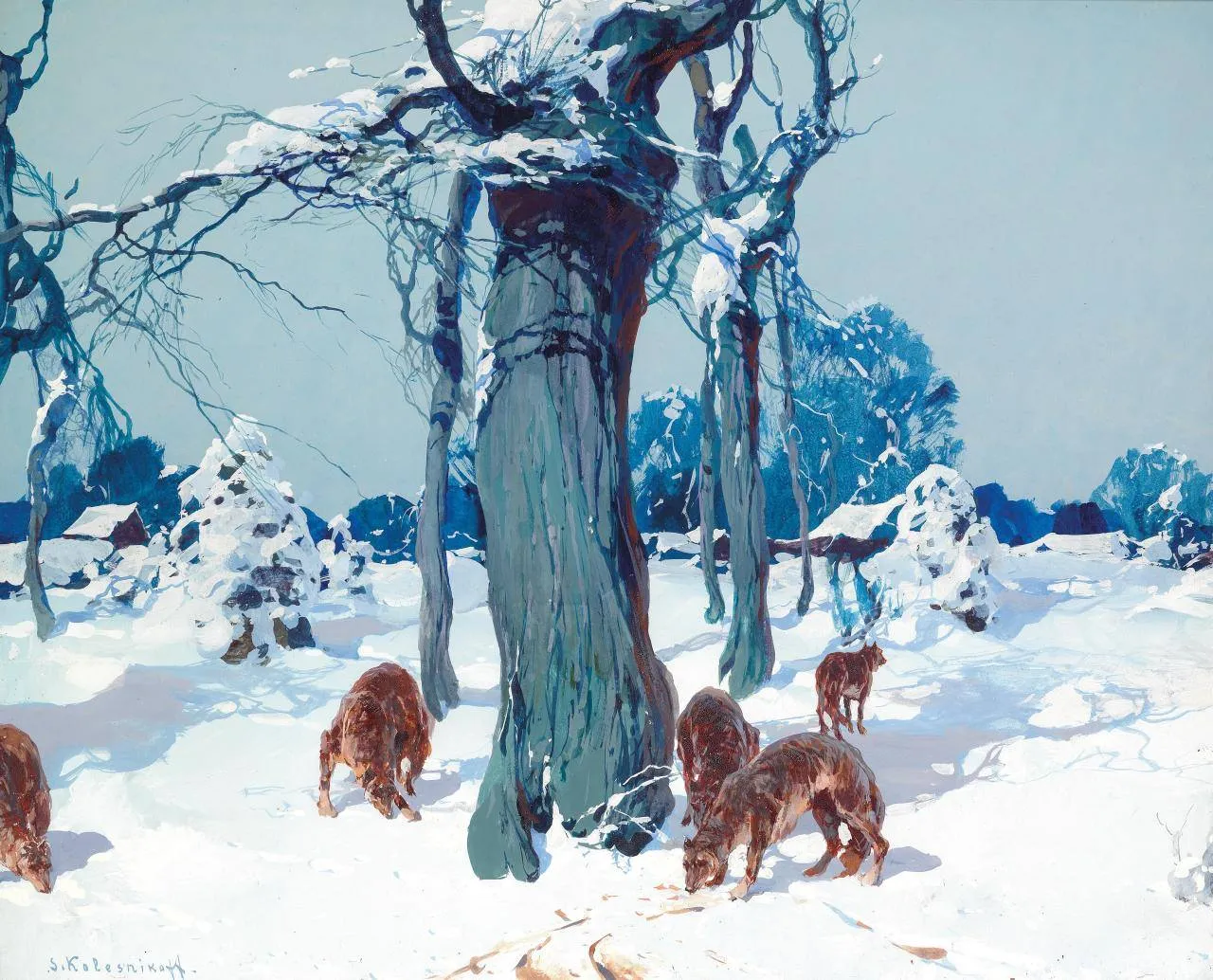


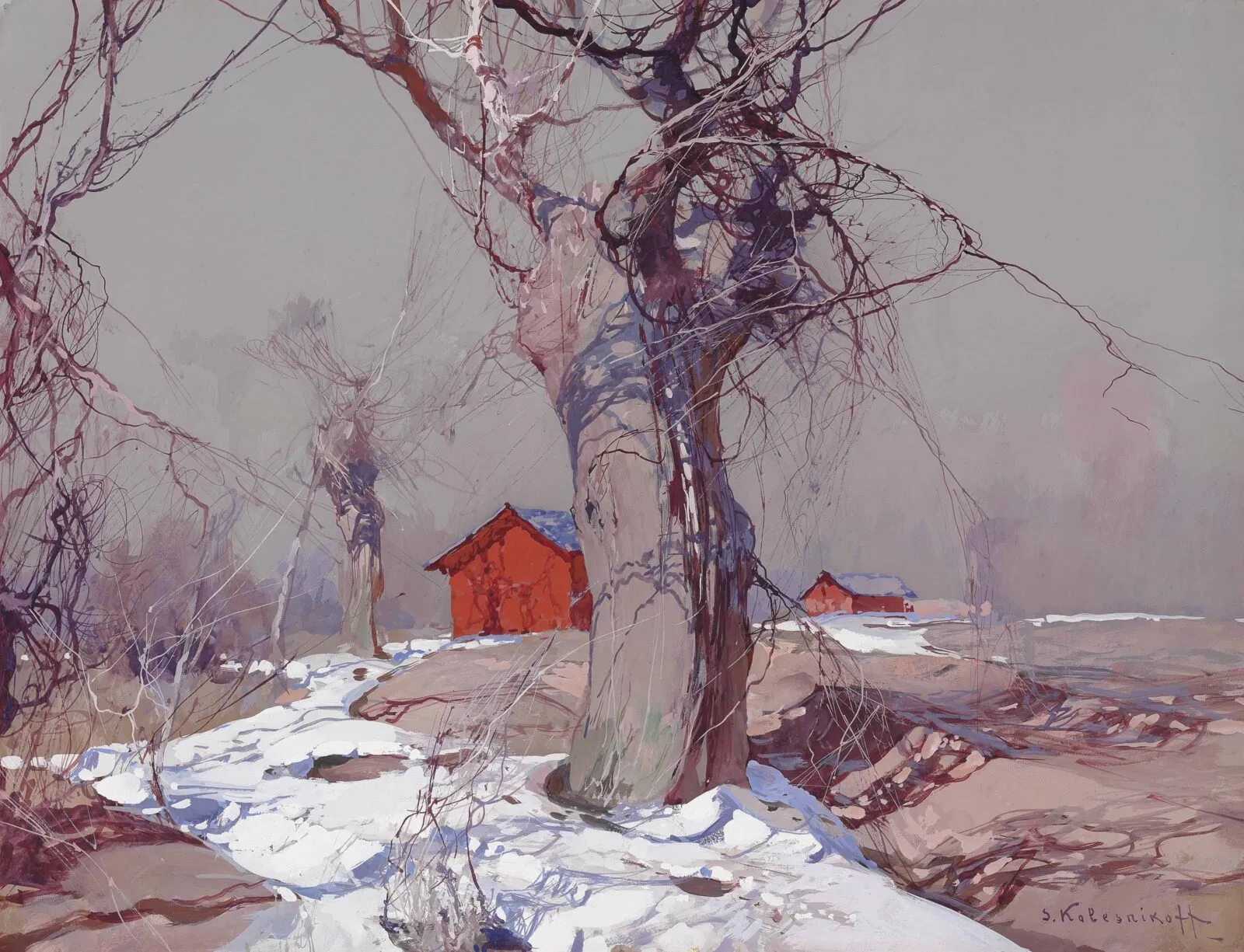
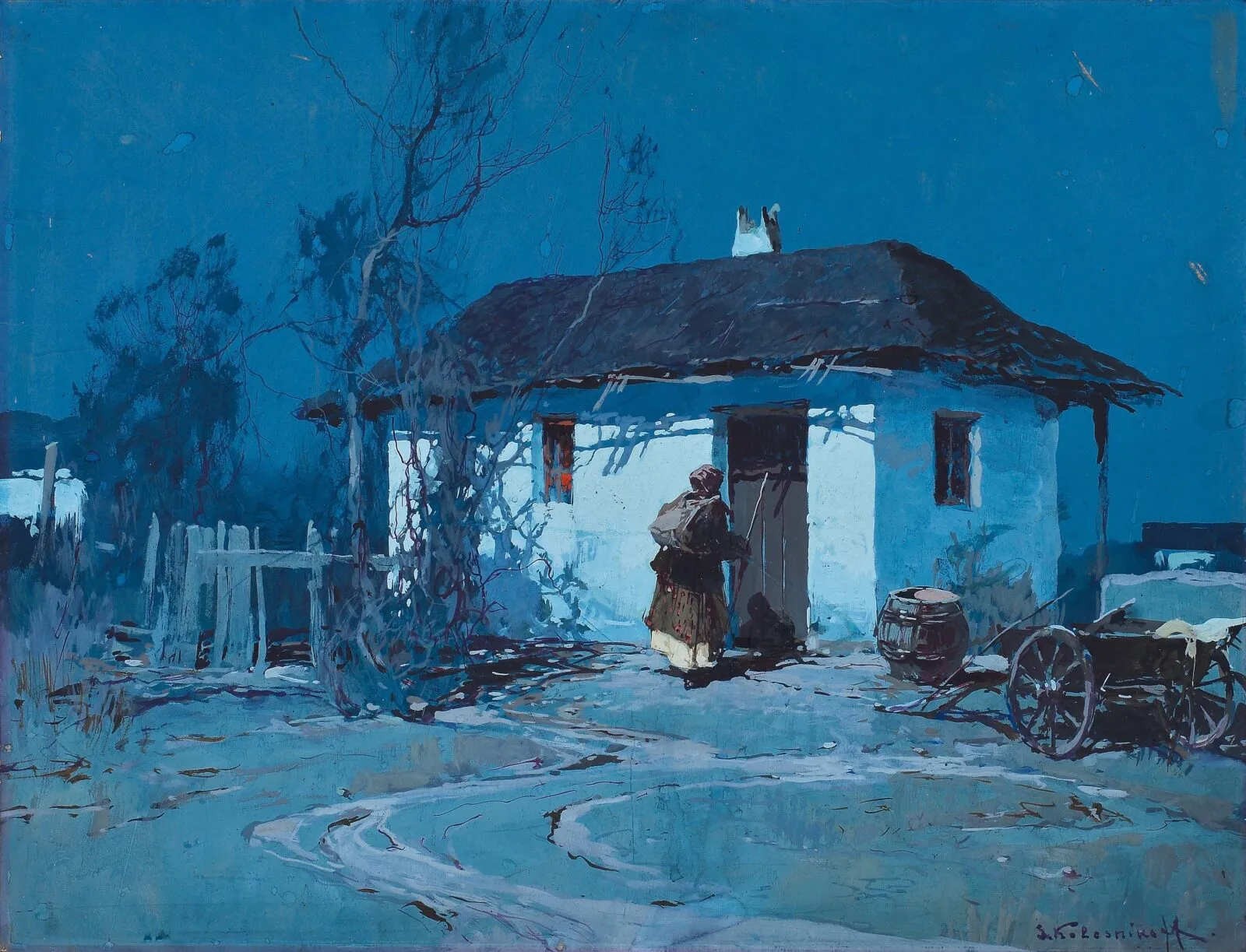

Stijn: “Yes, we all love Sargent and Bouguereau, but let’s have another look at a famous Russian painter: Stepan Fedorovitch Kolesnikoff.
I mean, just look at it! The color harmonies, the shape design with its graphic, yet painterly shapes, the atmosphere… THE SHEER JUICINESS! (and all with gouache or oil paint). Stepan Kolesnikoff had a very successful and prolific career, and his hundreds of amazing paintings are easily found on the web.”
From the wiki page:
Stepan Fedorovitch Kolesnikoff (Russian: Степан Федорович Колесников, 1879, Russian Empire – 1955, Belgrade, Yugoslavia), was a distinguished Realist painter, born in Russia who worked most of his life in Serbia. Kolesnikoff was born in a peasant family in the southern province of the Russian Empire. His artistic potentials were recognized early. In 1897 he started attending an art school in Odessa, one of the topmost of its kind in the country. In 1903, Kolesnikoff was accepted into the Imperial Academy of Arts, where his paintings regularly won prizes in the annual Spring exhibitions.
His prolific work in oil and especially in gouache won him the highest regard from the foremost Russian artist of his day Ilya Repin, as evidenced from the contents of their correspondence, now in the Russian archives.
In 1919 he and his family emigrated to the Balkans, and in 1920 he settled in Belgrade, Kingdom of Serbs, Croats and Slovenes, (Yugoslavia after 1929) where he spent the rest of his life as an immigrant. Kolesnikoff was promptly welcomed in the royal court of his new country. Among others, he was given a state assignment to lead the restoration works on numerous paintings and frescoes.
For the last twelve years of his life, Kolesnikoff suffered from Parkinson’s’ disease. His remains are buried in the Russian Necropolis, a section of the Belgrade New Cemetery.